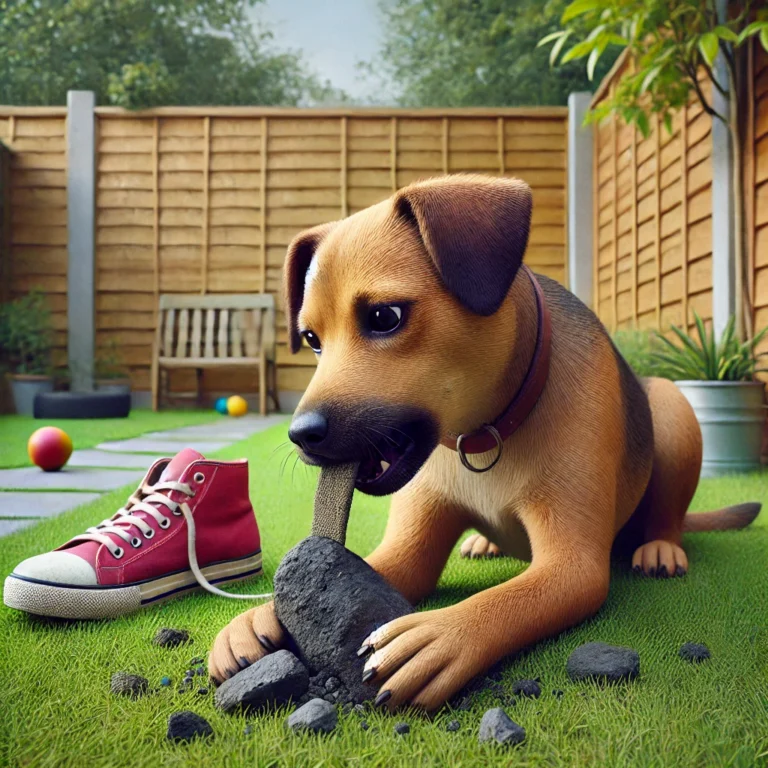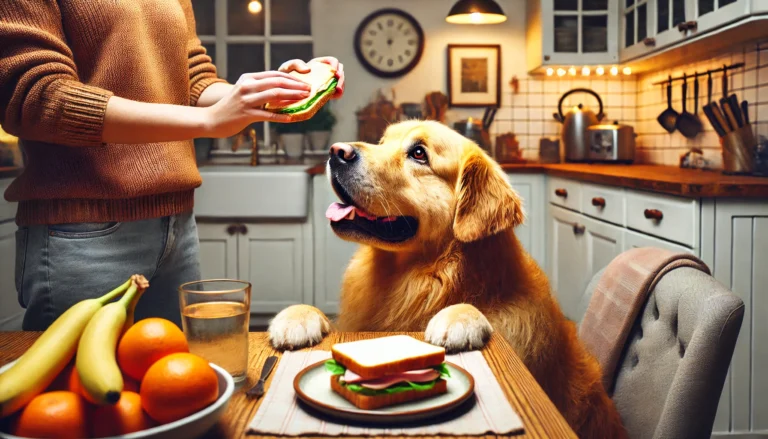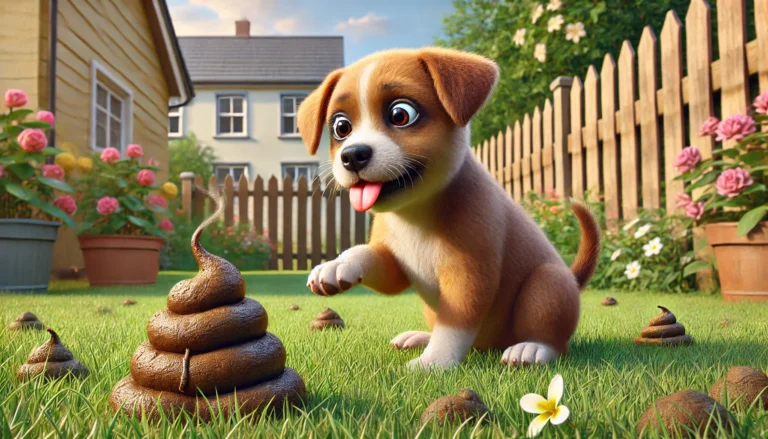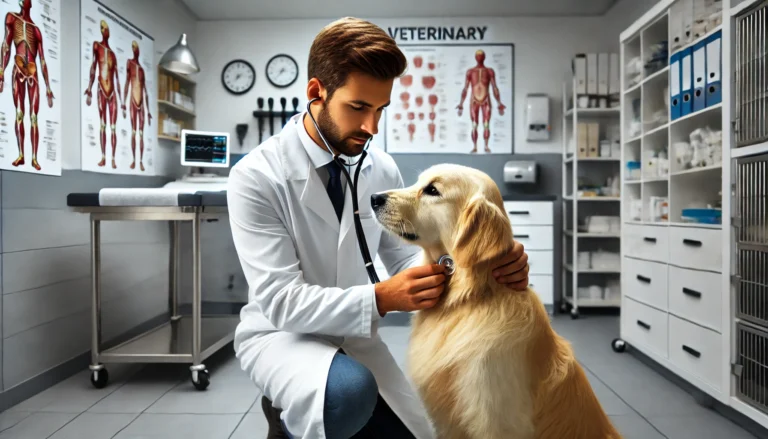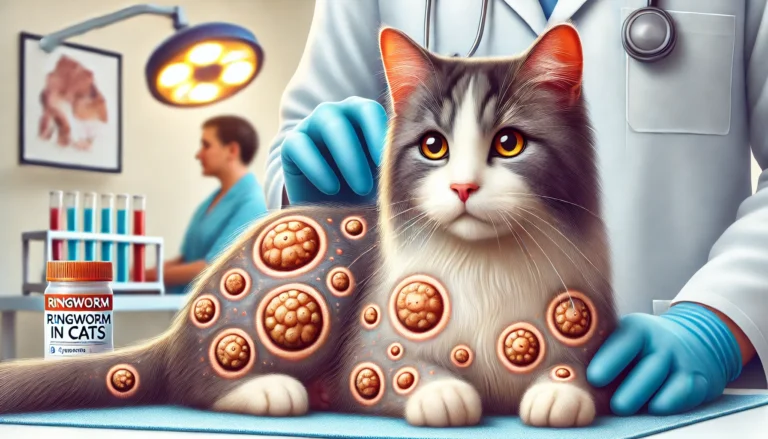Reverse Sneezing in Dogs: Causes and What to Do
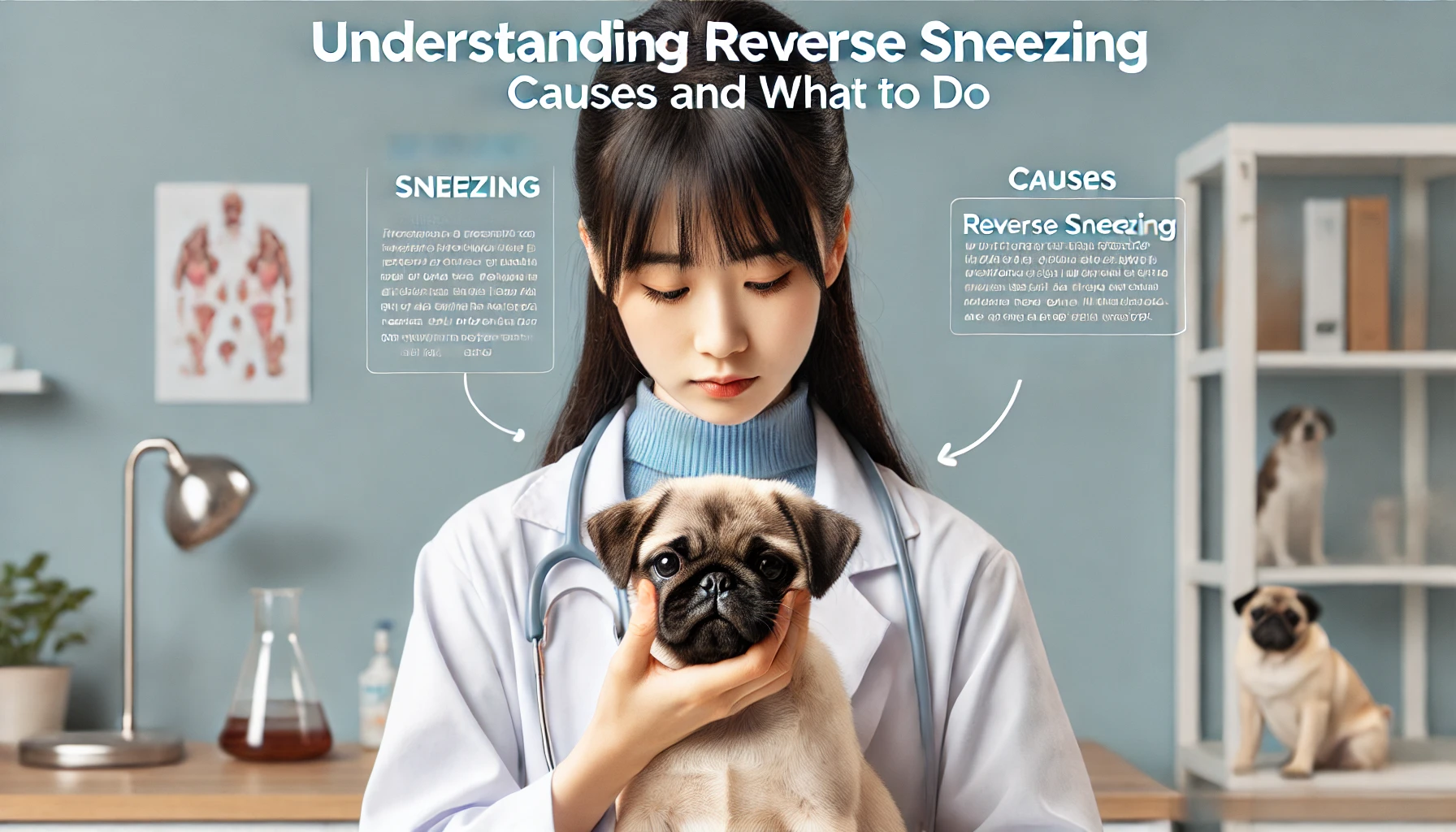
know about Reverse Sneezing in Dogs
Reverse sneezing in dogs is a common respiratory phenomenon that may sound alarming to dog owners, but it is usually harmless. This event is characterized by loud, snorting sounds and wheezing, often causing concern that the dog is choking or experiencing breathing troubles. Here, we’ll delve into what reverse sneezing is, the causes behind it, and effective ways to manage it when it occurs.

What is Reverse Sneezing?
Reverse sneezing, also known as paroxysmal respiration or pharyngeal gag reflex, occurs when a dog rapidly inhales air instead of expelling it out like in a normal sneeze. This can cause a dog to make a sound that resembles a snorting or honking noise. During an episode, the dog will stand still, stretch its head and neck out, and produce loud, distinct snorts repeatedly.
Causes of Reverse Sneezing
Several triggers can provoke an episode of reverse sneezing in dogs:
- Irritants: Dust, perfumes, pollen, or other irritants inhaled into the nasal passages can lead to a bout of reverse sneezing.
- Excitement or activity: Some dogs may experience episodes when they are overly excited or during physical activity.
- Pulling on a leash: Dogs that pull on a leash or wear tight collars may reverse sneeze more often.
- Eating or drinking: Rapid drinking or eating can sometimes trigger this reflex.
- Foreign bodies: Occasionally, small foreign bodies like seeds or grass may get stuck in the nasal passages.
- Allergies: Dogs with allergies may also be prone to episodes of reverse sneezing.
- Nasal mites: These tiny parasites can irritate the nasal passages and airways leading to reverse sneezing.
DO YOU KNOW?
Tapeworms in cats is key to effectively managing this common parasitic condition. With proper care, prevention, and timely treatment, you can help ensure your cat remains healthy and tapeworm-free
How to Respond to a Reverse Sneezing Episode
While reverse sneezing typically doesn’t require medical treatment, the following tips can help alleviate your dog’s discomfort:
- Stay calm: Keeping calm will help calm your pet, as anxiety can prolong the episode.
- Gently massage the throat: Lightly stroking your dog’s throat can help to stop the spasm.
- Cover the nostrils: Briefly covering your dog’s nostrils can encourage swallowing which may help stop the reverse sneeze.
- Offer a distraction: Sometimes, getting your dog to move around or offering a treat can interrupt the cycle of reverse sneezing.
- Check the collar: Ensure the collar is not too tight; a harness is often a better option to prevent future episodes.
When to Consult a Veterinarian
While occasional reverse sneezing is normal, frequent episodes could indicate an underlying issue. Consider consulting your veterinarian if:
- The reverse sneezing episodes become more frequent or severe.
- Your dog appears distressed, or the episodes are accompanied by other symptoms like nasal discharge, bleeding, or coughing.
- There is no obvious trigger, and the episodes are random and frequent.
Preventive Measures
Reducing exposure to potential irritants can help minimize the occurrence of reverse sneezing in dogs. Regular cleaning and air filtration can help reduce dust and other airborne irritants in your home. If allergies are suspected, your veterinarian might recommend allergy testing and treatment to manage the condition effectively.
Conclusion of Reverse Sneezing in Dogs
Reverse sneezing in dogs is generally not a cause for alarm. Understanding its causes and knowing how to effectively respond when it happens can help you manage this benign condition at home. Always keep an eye on the frequency and severity of the episodes, and consult with a veterinarian if you notice any concerning symptoms or changes in your dog’s health.
Can I use Vaseline on my dog’s nose?
It’s generally safe to use a small amount of Vaseline on your dog’s nose if it’s dry or cracked. However, since dogs often lick their noses, it’s better to use products specifically designed for pets to avoid any potential health issues from ingestion.
How do I unblock my dog’s nose?
To help unblock your dog’s nose, you can try using a humidifier in the room where your dog spends most of its time, or gently wipe the nose with a warm, damp cloth to soften and remove any blockage. Make sure not to insert anything into the nostrils.
How do I help my dog breathe through his nose?
Ensuring that your dog’s environment is free from irritants like smoke, strong perfumes, and dust can help. Additionally, a humidifier can add moisture to the air and help soothe your dog’s nasal passages.
What can be mistaken for reverse sneezing in dogs?
Coughing, choking, or respiratory distress might sometimes be mistaken for reverse sneezing. It’s important to note the sound and the physical posture your dog takes during an episode to differentiate between them.
How to stop a reverse sneeze in dogs?
Gently stroking your dog’s throat can help calm the reflex. Covering your dog’s nostrils for a moment can cause them to swallow, which usually stops the sneezing. Another method is to distract them with a toy or treat.
When should I worry about reverse sneezing?
While reverse sneezing is often harmless, you should consult a vet if the episodes increase in frequency, intensity, or are accompanied by other symptoms like nasal discharge, bleeding, or if your dog appears to be in distress.
Can I put Vicks on my dog’s nose?
No, you should not put Vicks or similar products on your dog’s nose. Many human medications contain ingredients that are toxic to dogs, such as camphor and menthol.
What can I give my dog for sneezing?
If allergies are the cause, your vet might prescribe antihistamines. Always consult your vet before giving any medication to ensure it’s safe and appropriate for your dog’s specific health needs.
How to flush a dog’s nose at home?
Flushing your dog’s nose should generally be done by a professional, but if advised by a vet, you can use saline solution to gently irrigate your dog’s nostrils. Use a syringe or dropper to administer the saline, and always follow the vet’s instructions closely.
How to remove mucus from a dog’s nose?
Gently wiping your dog’s nose with a soft, wet cloth can help remove mucus. If the problem persists, consult your vet as it might be a sign of infection or other health issues.


